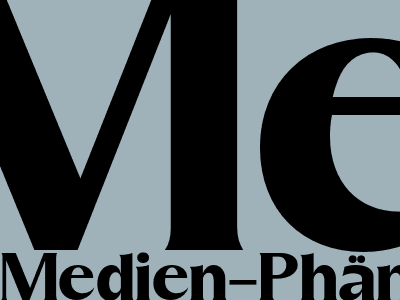
The Media Phenomenon of the US Election: Trump Benefits from Critical Articles Instead of Suffering Damage
Introduction
The 2016 US presidential election was a unique and groundbreaking event. For the first time, a candidate who had no prior experience in politics or government was elected to the highest office in the land. Donald Trump's victory was due in part to his unorthodox campaign tactics, which included using social media to connect directly with voters and avoiding traditional media outlets.
Trump's relationship with the media was complex and often contentious. He frequently attacked the mainstream media, accusing them of being biased against him. However, he also benefited from media coverage, both positive and negative.
Critical Articles Help Trump
One of the most surprising findings of the 2016 election was that Trump actually benefited from negative media coverage. A study by the Shorenstein Center on Media, Politics and Public Policy at Harvard University found that articles that were critical of Trump were more likely to be shared on social media than articles that were positive. This is likely because Trump's supporters were more motivated to share negative articles in order to defend him.
The study also found that Trump was more likely to be mentioned in negative articles than in positive articles. This is likely because Trump's actions and statements were often controversial. However, the increased visibility that Trump received from negative media coverage helped him to stay in the spotlight and to energize his supporters.
Trump's Use of Social Media
Trump's use of social media was a key factor in his victory. He used Twitter to bypass the traditional media and to connect directly with voters. Trump's tweets were often controversial, but they also helped him to build a personal connection with his supporters.
Trump's use of social media also allowed him to control his own message. He was able to bypass the traditional media and to communicate directly with voters. This gave him a significant advantage over his opponents, who were forced to rely on the traditional media to get their message out.
Conclusion
The 2016 US presidential election was a watershed moment in American politics. Trump's victory was due in part to his unorthodox campaign tactics, which included using social media to connect directly with voters and avoiding traditional media outlets.
Trump's relationship with the media was complex and often contentious. He frequently attacked the mainstream media, accusing them of being biased against him. However, he also benefited from media coverage, both positive and negative.